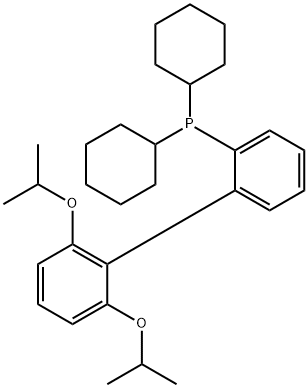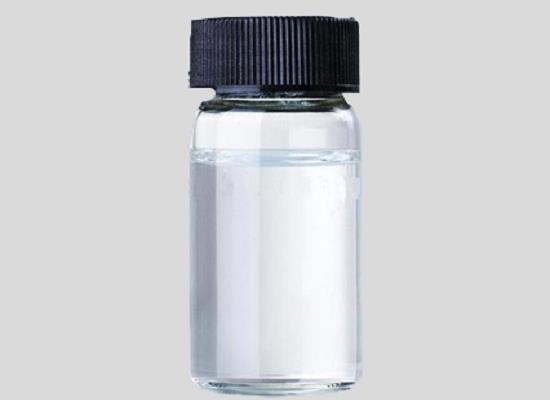2-Dicyclohexylphosphino-2',6'-diisopropoxybiphenyl: properties, applications and safety
General Description
2-Dicyclohexylphosphino-2',6'-diisopropoxybiphenyl is a white powder phosphine ligand used in asymmetric catalysis due to its P-chiral center and rigid structure, enhancing enantioselectivity. With a molecular weight of 466.6 g/mol, it is air-sensitive and slightly soluble in organic solvents. Safety is paramount, as 2-Dicyclohexylphosphino-2',6'-diisopropoxybiphenyl is harmful if swallowed, inhaled, or in contact with skin and eyes, and poses long-term risks to aquatic life. Handling requires protective gear and proper storage, emphasizing the need for careful management to avoid environmental contamination and health hazards.
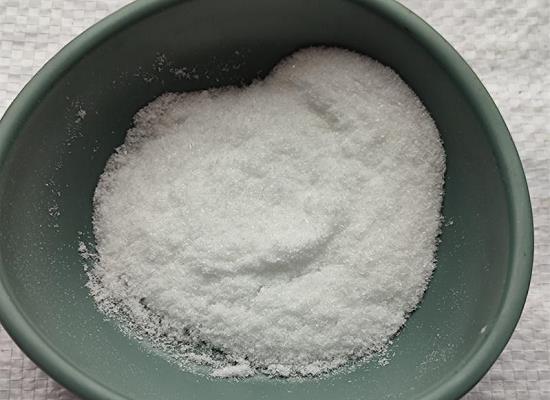
Figure 1. 2-Dicyclohexylphosphino-2',6'-diisopropoxybiphenyl
Properties
2-Dicyclohexylphosphino-2',6'-diisopropoxybiphenyl, commonly known as Ruphos, is a phosphine ligand with the molecular formula C30H43O2P and a molecular weight of 466.6 g/mol. Its structure consists of a biphenyl backbone substituted with isopropoxy groups at the 2' and 6' positions and a dicyclohexylphosphino group at the 2 position. Ruphos is characterized by its white powder form and is known to be sensitive to air, necessitating storage in a dark and dry place at room temperature to maintain stability. The compound's melting point is reported to be between 123-124°C, while its boiling point is predicted to be approximately 551.7°C. The ligand's solubility is slightly soluble in common organic solvents such as chloroform, DMSO, and methanol. With no hydrogen bond donors and two hydrogen bond acceptors, Ruphos exhibits a topological polar surface area (TPSA) of 18.5Ų, indicating a relatively low affinity for forming hydrogen bonds with water, which aligns with its limited solubility in polar solvents. Ruphos has a high XLogP3-AA value of 8.3, suggesting significant hydrophobic character, which is consistent with its bulky dicyclohexyl groups and isopropoxy substituents. The compound's complexity value is 516, reflecting its intricate molecular structure with a total of 33 heavy atoms. Furthermore, 2-Dicyclohexylphosphino-2',6'-diisopropoxybiphenyl, has eight rotatable bonds, allowing for some flexibility in its conformation, which may influence its effectiveness as a ligand in various catalytic environments. 1
Applications
2-Dicyclohexylphosphino-2',6'-diisopropoxybiphenyl is a chiral ligand frequently used in asymmetric catalysis. It is a member of the bisphospholane class of ligands and is characterized by its unique P-chiral phosphorus center, which is crucial for its ability to induce enantioselectivity in various catalytic reactions. 2-Dicyclohexylphosphino-2',6'-diisopropoxybiphenyl is typically coordinated to transition metals to form complexes that can catalyze a broad range of transformations, including hydrogenation, hydroformylation, and C-C bond-forming reactions. The effectiveness of it is attributed to its rigid bicyclic structure, which provides a well-defined chiral environment around the metal center. This rigidity helps to maintain consistent stereochemical outcomes during catalysis. Additionally, the oxazoline rings in 2-Dicyclohexylphosphino-2',6'-diisopropoxybiphenyl contribute to its strong electron-donating properties, enhancing the reactivity of the metal center. The ligand's solubility and stability under reaction conditions are also advantageous, making it suitable for use in various solvents and temperatures. In summary, 2-Dicyclohexylphosphino-2',6'-diisopropoxybiphenyl is a robust and versatile ligand for asymmetric catalysis, offering high enantioselectivity due to its unique structural features and strong electron-donating capacity. 2
Safety
2-Dicyclohexylphosphino-2',6'-diisopropoxybiphenyl is a chemical compound that poses several risks to human health and the environment. If ingested, it can be harmful, potentially causing internal damage or toxic effects. Skin contact is also dangerous, as it may lead to irritation or allergic reactions. Additionally, this substance can cause serious eye irritation, necessitating the use of protective eyewear to prevent damage. Inhalation of its vapors or dust can harm the respiratory system, so it's important to ensure adequate ventilation and wear appropriate respiratory protection in areas where exposure is possible. Environmental risks are associated with this compound as well, particularly concerning aquatic life. It has the potential to cause long-term adverse effects in aquatic ecosystems, indicating the need for careful handling and disposal to prevent contamination of water bodies. Safety measures must include wearing suitable protective clothing, gloves, eye protection, and a mask or respirator. In case of accidental exposure, immediate medical attention should be sought. Proper storage, handling procedures, and waste management practices are critical to minimize the risks associated with 2-Dicyclohexylphosphino-2',6'-diisopropoxybiphenyl. 3
Reference
1. Ruphos. National Center for Biotechnology Information, 2023, PubChem Compound Summary for CID 16217985.
2. Garimalla A, Harmata M. Preparation of S-2-halophenyl-2,1-benzothiazines. Tetrahedron. 2021 Mar 26;84:131991.
3. 2-Dicyclohexylphosphino-2',6'-diisopropoxybiphenyl. European Chemicals Agency, EC / List no. 616-653-5.
You may like
Related articles And Qustion
See also
Lastest Price from 2-DICYCLOHEXYLPHOSPHINO-2',6'-DIISOPROPOXYBIPHENYL manufacturers
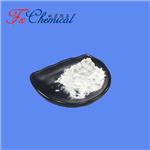
US $0.00/KG2025-04-21
- CAS:
- 787618-22-8
- Min. Order:
- 1KG
- Purity:
- 98%min
- Supply Ability:
- 30tons/month
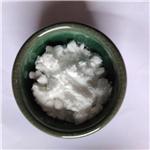
US $30.00-10.00/KG2025-04-15
- CAS:
- 787618-22-8
- Min. Order:
- 50KG
- Purity:
- 99%
- Supply Ability:
- 500000kg
